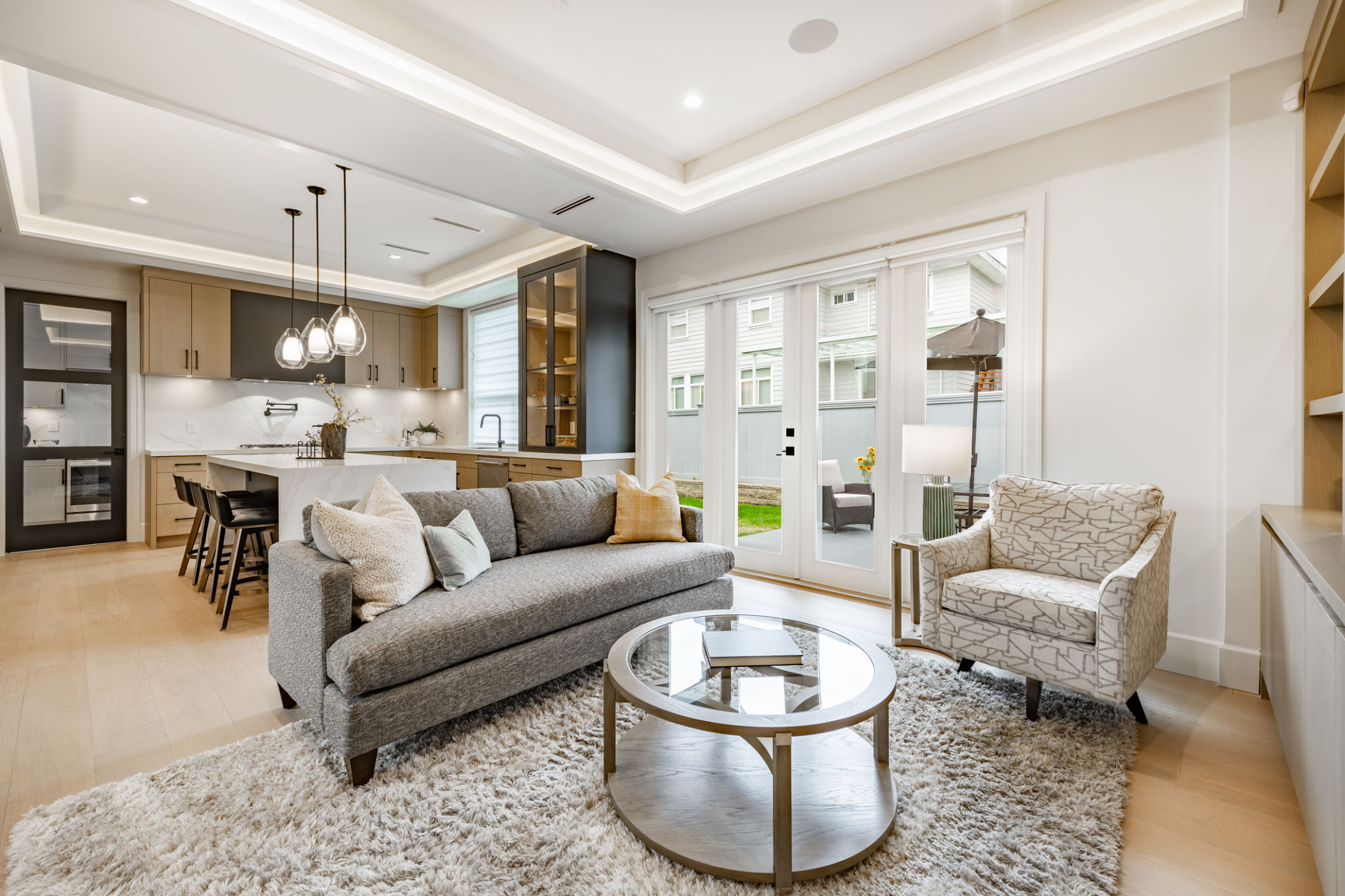From Concept to Completion: Inside an Interior Design Project
Introduction to the Interior Design Journey
Embarking on an interior design project can be both exciting and daunting. Understanding the journey from concept to completion is crucial for ensuring a successful outcome. Whether you're redesigning a single room or an entire home, knowing the steps involved will help you stay organized and focused.
The process requires a blend of creativity, planning, and collaboration with professionals. This comprehensive guide will walk you through the essential stages of an interior design project, offering insights and tips to help you bring your vision to life.

Step 1: Initial Consultation and Conceptualization
The first phase of any interior design project begins with an initial consultation. During this stage, designers work closely with clients to understand their preferences, lifestyle, and budget. It's crucial to establish clear communication to ensure that the final design aligns with the client's vision.
Once the designer has a thorough understanding of the client's needs, they begin creating a concept. This involves developing mood boards, selecting color palettes, and gathering inspiration from various sources. The goal is to create a cohesive vision that reflects the client's personality and style.
Creating a Mood Board
A mood board is an essential tool in the conceptualization phase. It serves as a visual representation of the design ideas, combining colors, textures, and materials that will be used in the project. This helps both the designer and client visualize the overall aesthetic.

Step 2: Design Development and Planning
With a solid concept in place, the next step is design development. At this stage, detailed plans and drawings are created, showcasing the layout, furniture placement, and specific design elements. It's all about refining the initial concept into something tangible.
This phase often involves collaboration with architects and contractors to ensure that the design is feasible within the existing space. Attention to detail is critical, as this is when potential challenges or limitations are identified and addressed.
Budgeting and Scheduling
A well-defined budget and timeline are crucial components of successful project planning. Designers work with clients to establish realistic budgets that accommodate all aspects of the project, from materials to labor costs. Similarly, creating a clear timeline helps keep the project on track and ensures timely completion.

Step 3: Execution and Installation
Once the plans are finalized, it's time to bring the design to life through execution and installation. This phase involves ordering materials, coordinating with contractors, and overseeing the on-site work. It's where the careful planning pays off as each element of the design comes together.
During installation, designers ensure that every detail aligns with the initial concept. This includes arranging furniture, hanging artwork, and placing accessories in just the right spots. The goal is to create a harmonious space that meets the client's expectations.
Final Touches and Reveal
The final touches are what transform a house into a home. Designers often add finishing details such as plants, decorative items, and personalized elements that reflect the client's taste. The reveal is a moment of celebration where clients finally see their dream space come to fruition.

Conclusion: Reflecting on the Process
The journey from concept to completion in an interior design project is a rewarding experience for both designers and clients. It requires patience, creativity, and collaboration to transform ideas into reality. Whether you're working on a small space or a large-scale renovation, understanding each phase will help you navigate the process with confidence.
Ultimately, the success of an interior design project hinges on clear communication and detailed planning. By staying engaged throughout each stage, you'll ensure that your vision is realized in every corner of your home.